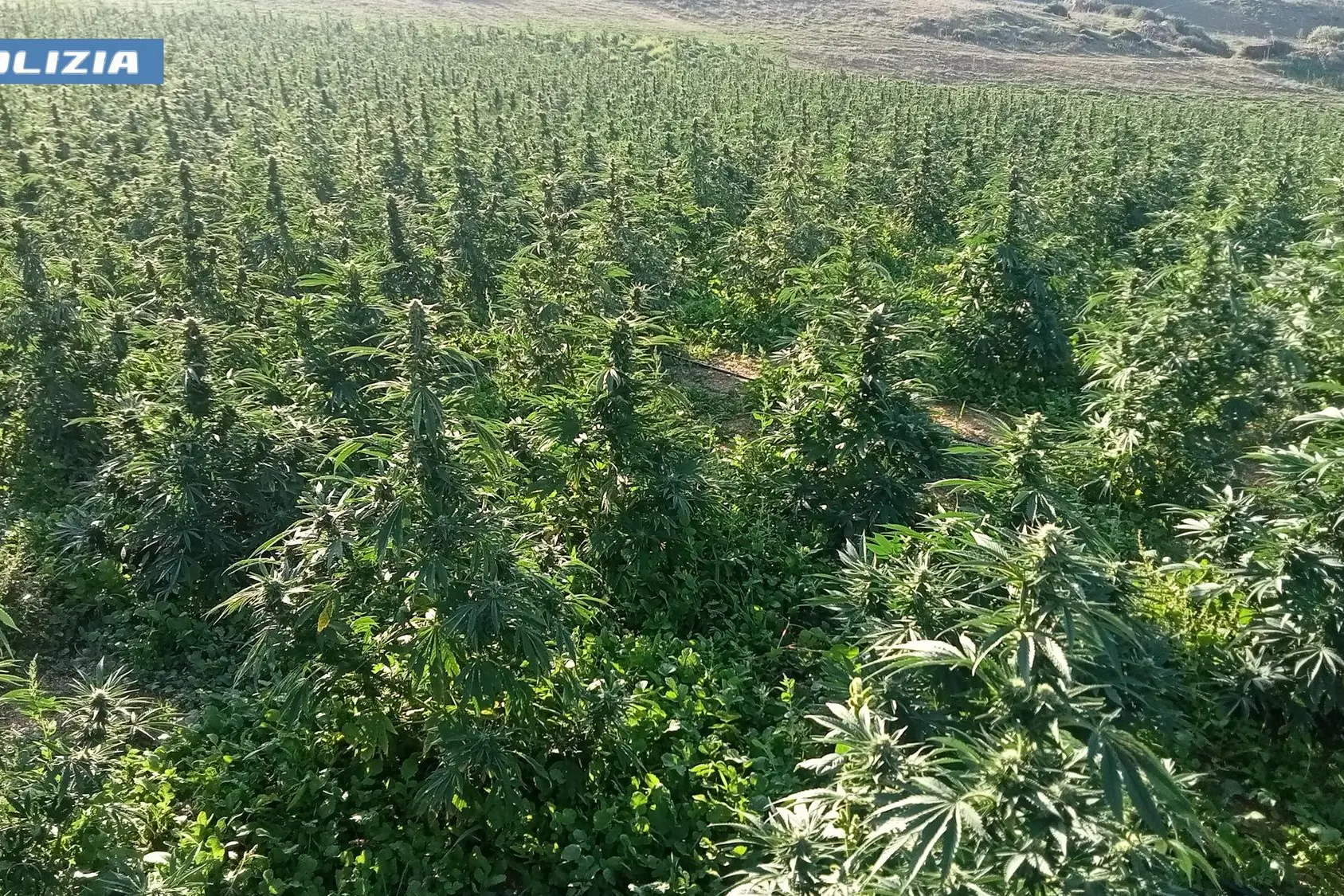From seizure to disposal: the (expensive) journeys of prohibited weed
To destroy the tons of drugs there is only one authorized incinerator. The costs are paid by the police forces, therefore by the taxpayersPer restare aggiornato entra nel nostro canale Whatsapp
Marijuana how much it costs me. The Nuoro area has also proven to be a place of exceptional production of illegal marijuana this year, as demonstrated by the daily seizures of ever larger plantations by the Carabinieri, the police and the Guardia di Finanza. Thousands and thousands of plants, as are the thousands of kilos each time, that the investigators are forced to seize, load and transport by truck and then destroy. But not to Nuoro. It must all be sent to Cagliari, to Tecnocasic, the only authorized incinerator for special waste as narcotics are classified in the waste table, and as prescribed since May 2011 by a note from the Ministry of Health that provided some clarifications on the destruction of narcotic medicinal substances and compositions that cannot be used pharmacologically. And the costs? They are paid by the police force and therefore by the taxpayers. For the largest plantations they can even exceed 6 thousand euros.
Sickles and trucks
Just a few days ago, from Nuoro, the command of the Carabinieri Legion of Sardinia received a request for a rather unusual supply. An exceptional logistical commitment, as exceptional as the disposal costs, which for now remain the responsibility of the community. Work gloves, fifty sickles to be put in the holsters of the 8 squadrons of the Command, forced to work hours in the fields. And requests for the truck, the only one capable of transporting enormous volumes of plants.
The costs
If the illegal plantation is successful, millions of euros are pocketed. The latest seizures speak of up to four thousand kilos, and the math is easy: marijuana on the market fluctuates between 950 and 1,500 euros per kilo. If it goes badly, a complaint arrives, often a heavy sentence, but the costs of justice, which would also be for disposal, remain borne by the State, when instead they could be charged to the convicted person. For the larger plantations, six trips to Cagliari are needed by truck, which was previously “lent” by Forestas, but which now asks for rent. Not only that, the operators, even about twenty of them, remain busy between supervision, cutting and loading for a week.
